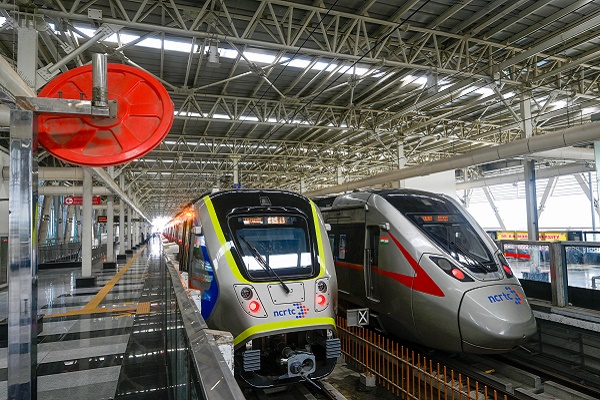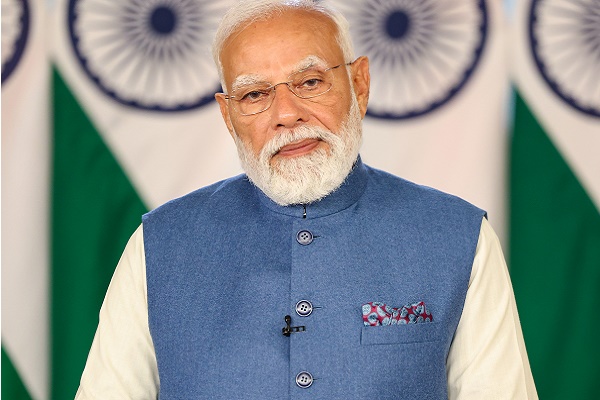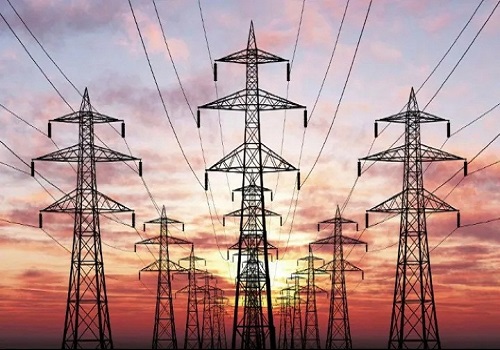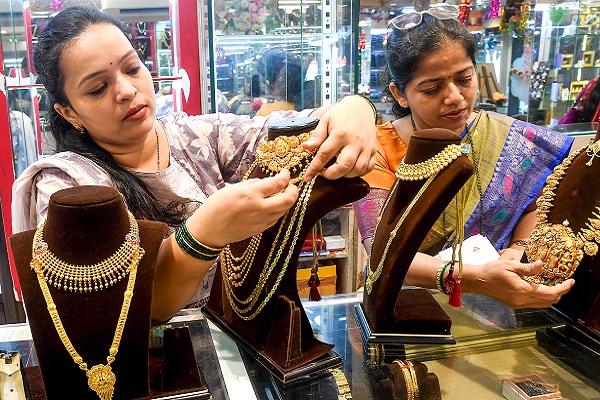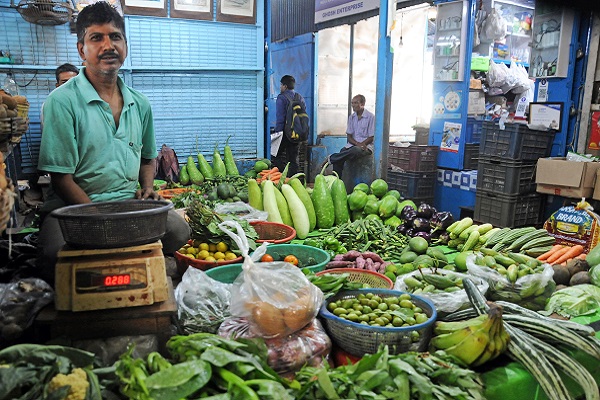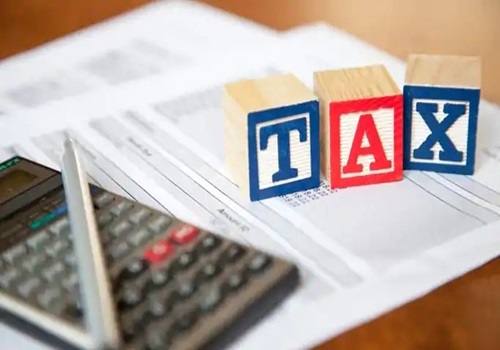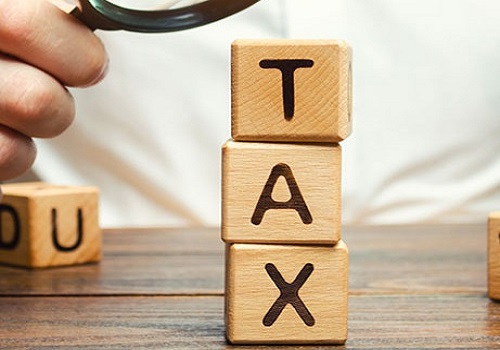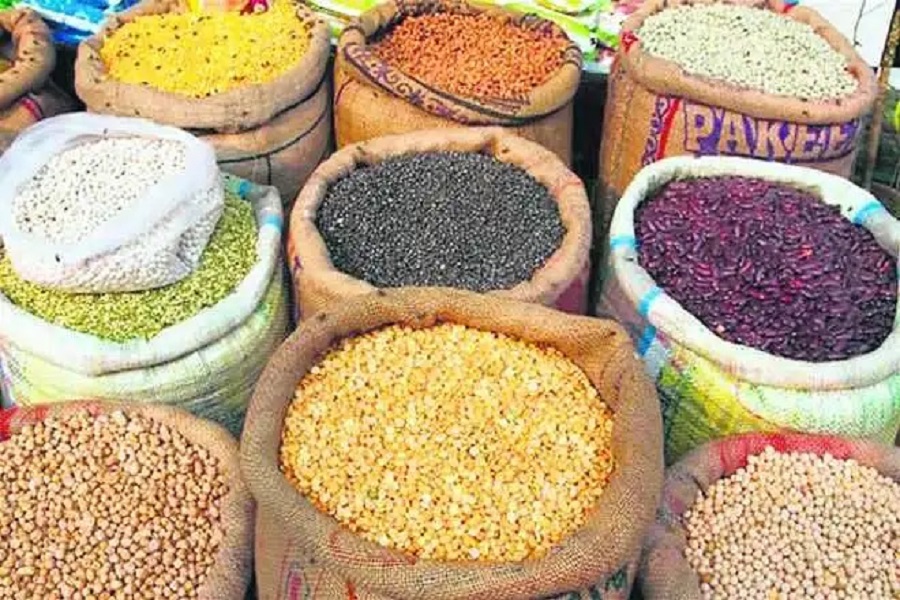Tariff to Opportunity:UK-India FTA to Increase Bilateral Trade By ~15% By CareEdge Ratings
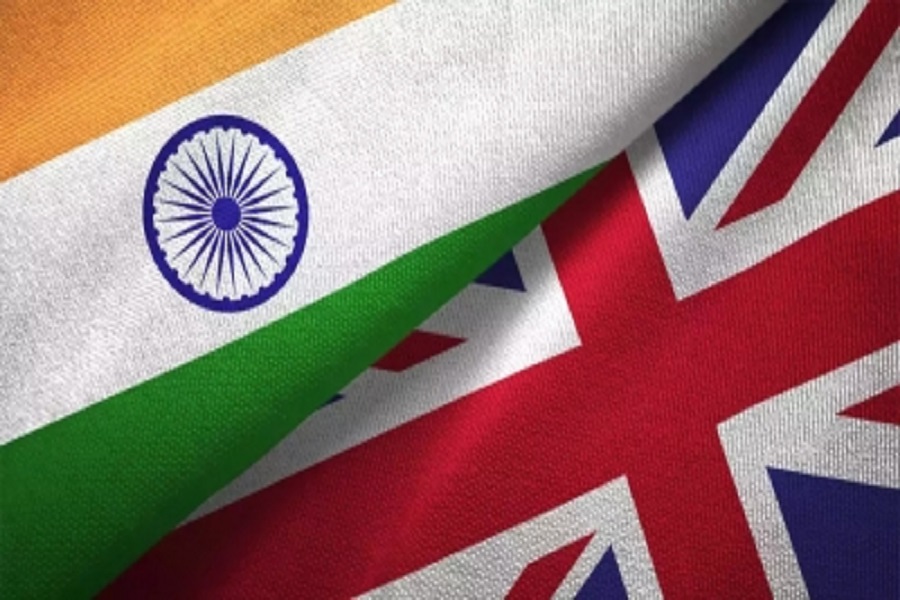
Synopsis
* Currently, the trade value between the United Kingdom (UK) and India is approximately 2% of India’s total trade value, although it has been growing steadily at a compound annual growth rate (CAGR) of 11% over the last decade, i.e., CY15-CY24.
* The recently concluded FTA between the two offers a strategic opportunity for Indian companies to expand their footprint in the UK market, stimulate domestic manufacturingand contribute to economic growth. Once the FTA is effective, the trade value between these two economies is expected to increase by around 15% annuallyuntil CY30, factoring in the aspect that the FTA will come into effect in a year.
The UKand India entered into a free trade agreement (FTA) on May 6, 2025, following approximately three years of negotiations. Under the agreement, India will reduce tariffs on 90% of British goods, with 85% becoming completely duty-free over a period of ten years. In return, Britain has agreed to lower its tariffs on certain products, resulting in 99% of India’s exports to the UK facing zero duties.
Import–Export Dynamics at a Glance
Currently, India-UK trade accounts for approximately 2% of India’s total trade, underscoring an underutilised partnership given the size and potential of both economies. To understand the macro dynamics, a few important data points are enumerated below:
Driven by a 10-12% CAGR,India-UK trade has shown consistent upward momentum. The decline in 2020 and 2021 was primarily attributed to factors such as the global recession and supply chain disruptions, largely arising from the COVID-19 pandemic and Brexit, among others.With the implementation of the FTA, considering a growth rate of about 15%, India’s exports and imports to and from the UK are expected to reach approximately GBP 45 billion and GBP 30 billion, respectively, by 2030, factoring in the aspect that the FTA will come into effect in a year.
Empowering India’s Export Ecosystem
Some of the benefits of FTA for Indian exporterswould include improved market access, stable supply chains, increased competitiveness, higher volumes and new avenues for growth. The FTA is expected to boost India’s exports by significantly reducing tariffs, easing trade barriers leading to improved market access and make Indian products more price competitive, thereby increasing their demand in the UK.Additionally, this has provided some relief to exporters who have been facing sluggish sales and uncertainty about potential reciprocal tariffs from the USA.According to the agreement, 99% of Indian tariff lines—representing nearly the entire trade value—will enjoy duty-free access to the UK market. Currently, most of the products face import duties ranging from 4% to 18% in the UK.
Textile: Threads of Opportunity
Currently, India holds a 6% market share in the UK's RMG imports, while Bangladesh, Turkey, Cambodia, Vietnam,
Italy enjoys duty-free access, giving it a 12% tariff advantage over India. India also now has a clear 12% duty advantage over China, which holds the largest market share in the UK’s RMG imports. The India-UK FTA is a game changer for India’s RMG sector, creating a level playing field vis-à-vis key competing nations for accessing the nearly USD 20 billion RMG market of the UK. India is expected to double its market share from 6% in CY24 to 12% in the UK’s RMG imports, translating into an incremental annual export opportunity of around USD 1.1-1.2 billion in the near to medium term.
Electricals and EngineeringExports Wired for growth
The tariffs range from 8% to 14% for various electrical and engineering goods. With their removal under the India–UK Free Trade Agreement (FTA), Indian manufacturers are poised to gain a clear competitive edge over other global suppliers. Major products exported to the UK include steel and aluminium products, construction and electrical machinery, automotive components, scientific instruments, and more.Beyond trade, the agreement is also expected to drive foreign investment and encourage joint ventures in these sectors. CareEdge Ratings expects this to result in a 15% annual increase in exports until CY30.
Gems and Jewellery To sparkle Brighter
The India–UK FTA is poised to create substantial opportunities for Indian gems and jewellery makers by tapping into the UK’s affluent consumer base and well-developed luxury market. This agreement is expected to drive demand for handcrafted products, benefiting both large exportersand MSMEs,skilled artisans, and independent designers.The demand for various sub-segments, such as studded and gemstone jewellery, lab-grown diamonds, and handcrafted or designer pieces, is expected to increase. Reducing the current tariff levels, which in some cases can reach up to 4%, offers Indian exporters a competitive edge over countries like China and Thailand. CareEdge Ratings expects exports to increase by over 15% per annum until CY30,benefiting from the FTA.
Impact on India’s Imports from the UK
In key sectors such as automobiles, whisky, industrial machinery, and pharmaceuticals, significant gains are set to be made through steep tariff reductions and simplified regulations. For instance, the tariff on Scotch whisky, previously as high as 150%, has been halved and will gradually fall to 40%, making premium UK spirits more affordable to Indian consumers. Likewise, luxury carmakers from the UK are set to gain from a sharp drop in import duties—from 100% to just 10%—making it easier for them to offer competitive prices in India’s high-end automobile market. The deal also supports the UK’s exports of medical devices and green technologies, with reduced import duties and regulatory streamlining expected to drive up demand across Indian industries.
For India, the impact of increased UK exports is multifaceted. Indian consumers are poised to benefit from increased access to high-quality goods, including premium alcohol, advanced healthcare equipment, and cutting-edge technology. The influx of modern British machinery and industrial tools could further support India’s "Make in India" initiative by enhancing local production capabilities. Additionally, increased trade in services, especially in education and professional sectors, may strengthen India’s human capital through deeper collaboration with UK institutions. While Indian domestic producers may face stiffer competition in certain segments, the overall effect is expected to improve product quality, broaden consumer choice, and deepen the country’s integration into global value chains.
Above views are of the author and not of the website kindly read disclaimer

